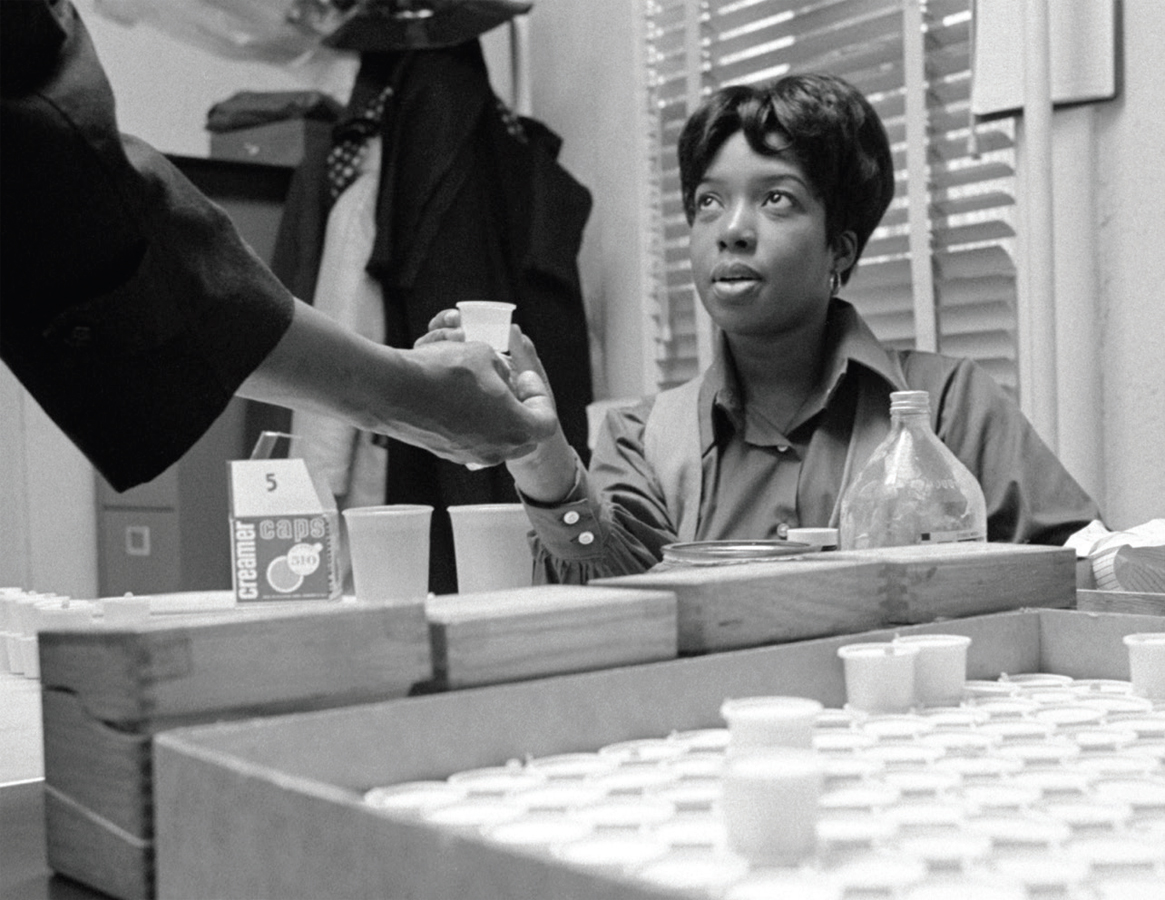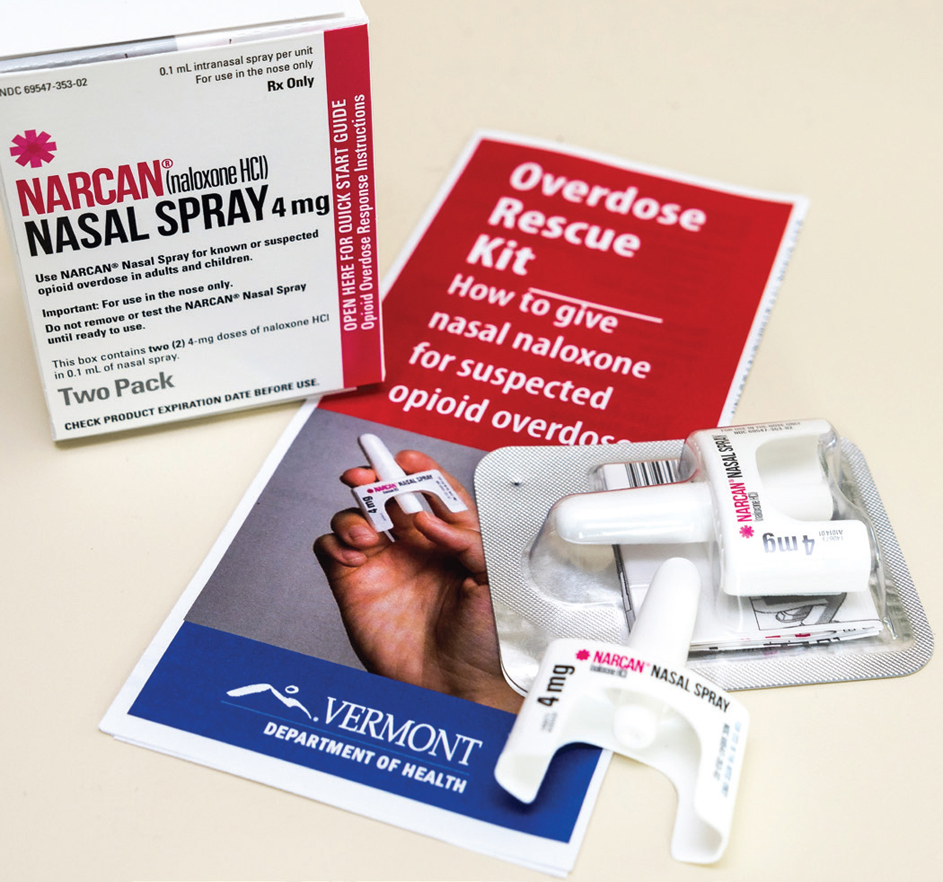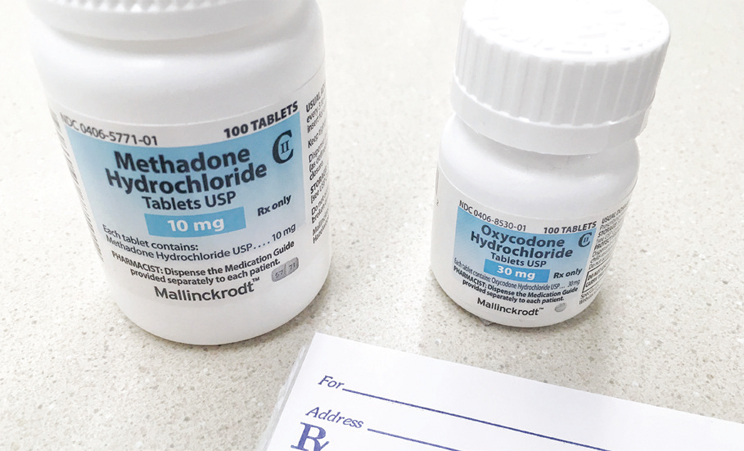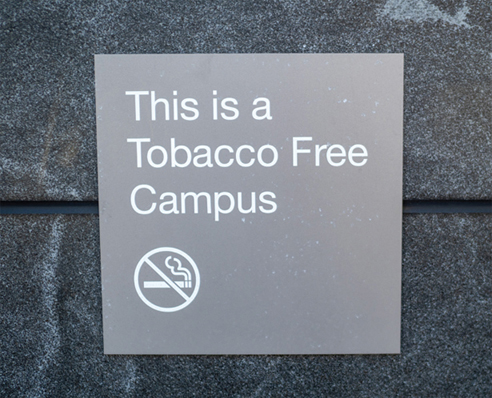Substance and Alcohol Use Disorders:
Toward Better Understanding and Treatments

Those with substance use disorders have often been labeled as “bad people” who “lack willpower,” but research has shown that these disorders need to be considered as chronic, biological diseases, not as moral failings. Though treatments have improved and studies have revealed how these diseases take root and persist, substance use disorders continue to plague communities, families, and individuals.

1970
Classifying and Controlling Substances
Congress passed the Comprehensive Drug Abuse Prevention and Control Act in 1970, which created five schedules (or classes) of controlled substances. Schedule I substances, including heroin, LSD, MDMA, mescaline, and marijuana, were classified as highly addictive, illegal, and having no medical use. Substances in successive schedules were determined to become less dangerous, and many are legal to obtain and consume. Title II of the act provided the scaffolding for legal prosecution of those who consume, manufacture, or distribute substances on the schedule list.

1970s
Methadone Maintenance Treatment for Opioid Addiction
Though oral methadone began to be used for opioid withdrawal in U.S. Public Health Service hospitals during the 1950s, not until the early 1970s did the United States see a rapid expansion of methadone maintenance treatment to address rising rates of addiction to narcotics. Methadone is a synthetic opioid agonist that relieves opioid cravings, suppresses the withdrawal syndrome, and blocks the euphoric effects associated with opioids, though its use also can lead to tolerance and dependence. When used correctly in treatment, methadone has been shown to be medically safe and effective in recovery from opioid use disorder.

1971
The Federal “War on Drugs”
President Richard Nixon declared a “war on drugs” in 1971 and stated that drug abuse in the United States was “public enemy number one.” Congress passed the Anti-Drug Abuse Act in 1986, which put in place mandatory minimum sentences for drug convictions, including those involving marijuana. The act greatly increased the number of drug convictions, and the average incarceration time for such a conviction rose from 22 to 33 months. The “war on drugs” had a disproportionate impact on Black men, and by 1988 they were being arrested at five times the rate of their White peers, even though usage reports showed that White Americans were using illicit drugs at higher rates than their Black peers.

1984
Tobacco Use
Though not considered a drug in the same way as alcohol and illicit substances, tobacco is addictive and has many negative health effects. In 1984, the National Research Council released its first in a series of reports detailing the dangers of smoking on nonsmokers, titled Environmental Tobacco Smoke: Measuring Exposures and Assessing Health Effects. President Bill Clinton banned all smoking indoors in federal buildings nationwide in 1997, although many states did not ban indoor smoking until nearly a decade later. In 2015, the Institute of Medicine released a report recommending that the legal age for purchase of tobacco products be raised from 18 to 21, and this increased legal age was signed into law in 2019.

1991
Formalizing the Treatment of Addiction
The Patient Placement Criteria released in 1991 by the American Society of Addiction Medicine provide a set of guidelines “for placement, continued stay, transfer, or discharge of patients with addiction.” By helping clinicians refer patients to a treatment modality that matches their needs, the criteria shifted treatment toward levels of care rather than applying a single treatment modality indiscriminately to all patients. However, a lack of available drug treatment continues to severely hamper the treatment of addiction.

1996
Medical and Recreational Marijuana Use
Though marijuana was classified as a Schedule I substance by the Comprehensive Drug Abuse Prevention and Control Act, public sentiment evolved in the 1970s to consider it much less dangerous than other Schedule I substances, and President Jimmy Carter called for its decriminalization in 1977. However, during the Reagan administration and the rollout of the “Just Say No” campaign, all illicit drugs were targeted, and this sentiment persisted through the mid-1990s. In 1996, the State of California approved the use of marijuana for medical purposes, and 32 other states followed suit over the next decade. Colorado became the first state to legalize marijuana for recreational use in 2014, and other states have legalized medical and recreational marijuana use since then. Despite this rapidly changing legal and political landscape, little solid evidence exists about the harms or benefits of marijuana, and the National Academies of Sciences, Engineering, and Medicine released a report in 2017 that laid out a research roadmap.

1996
The U.S. Opioid Epidemic
In 1996, pharmaceutical company Purdue Pharma began an aggressive marketing campaign around its newest opioid painkiller, OxyContin. Part of a wave of opioid prescribing that swept the nation, opioid use and addiction increased rapidly in subsequent years, and deaths due to overdose began to rise after 1999. From 1999 to 2019, overdoses involving any opioid killed nearly 500,000 people in the United States. In 2019, the National Academies of Sciences, Engineering, and Medicine released a report titled Medications for Opioid Use Disorder Save Lives, which detailed the evidence base for effective and life-saving medications to treat opioid use disorder.

2016
Discrimination, Stigma, and Substance Use Disorder
Despite progress in understanding substance use disorders as diseases, stigma continues to prevent people suffering from these disorders from telling their loved ones that they need help and from seeking treatment. A 2016 report from the National Academies of Sciences, Engineering, and Medicine provides strategies for reducing stigma and recommendations for research needed to change this pervasive societal prejudice. In addition, the National Academy of Medicine has partnered with the Aspen Institute and more than 60 other participants to form the Action Collaborative on Countering the U.S. Opioid Epidemic, which is developing, curating, and disseminating multisector solutions to address the opioid crisis.

2019
The Health Effects of Vaping
Though cigarette smoking in the United States has declined steadily in recent decades, Americans experienced an outbreak of vaping-related deaths in 2019, which were attributed to contaminated vape pods. The long-term health outcomes of vaping, which is often publicized as a safer alternative to smoking tobacco, are not known.


Substance use challenges continue to persist, most recently and obviously in the U.S. opioid epidemic. A better understanding of the biological bases of these illnesses and how to combat them will produce better treatments and interventions, and support for robust and comprehensive treatment systems will save lives.




